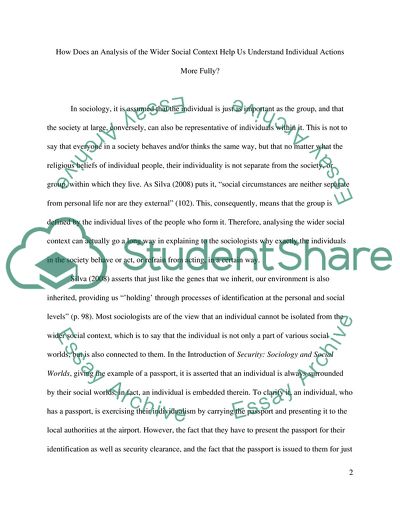Cite this document
(Wider Social Context in Understanding Individual Actions Essay - 2, n.d.)
Wider Social Context in Understanding Individual Actions Essay - 2. https://studentshare.org/sociology/1747093-sociology-and-social-worlds
Wider Social Context in Understanding Individual Actions Essay - 2. https://studentshare.org/sociology/1747093-sociology-and-social-worlds
(Wider Social Context in Understanding Individual Actions Essay - 2)
Wider Social Context in Understanding Individual Actions Essay - 2. https://studentshare.org/sociology/1747093-sociology-and-social-worlds.
Wider Social Context in Understanding Individual Actions Essay - 2. https://studentshare.org/sociology/1747093-sociology-and-social-worlds.
“Wider Social Context in Understanding Individual Actions Essay - 2”. https://studentshare.org/sociology/1747093-sociology-and-social-worlds.


